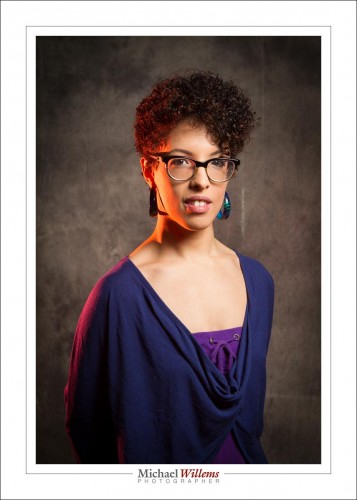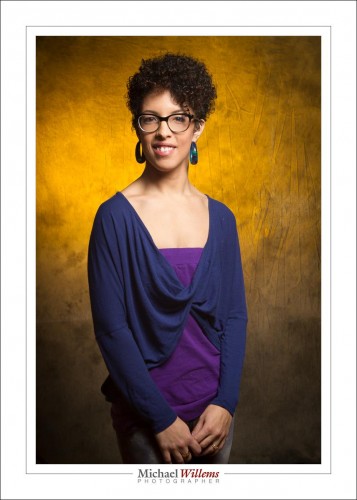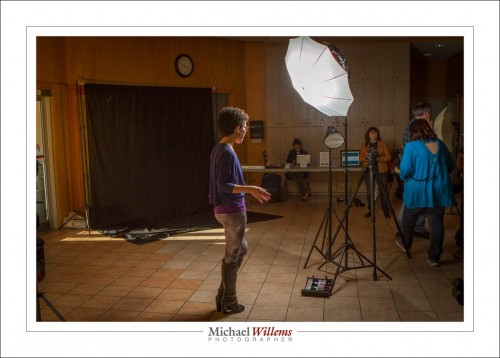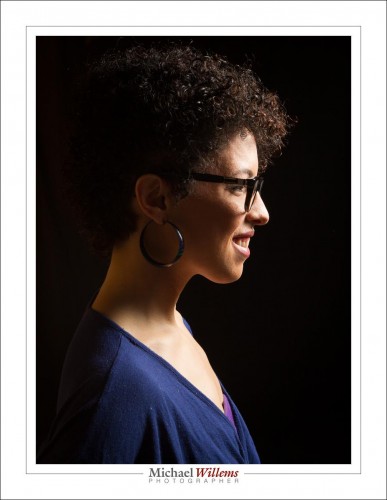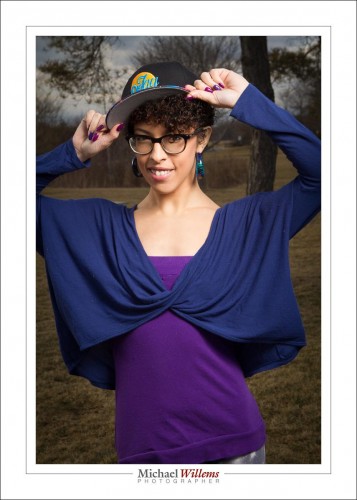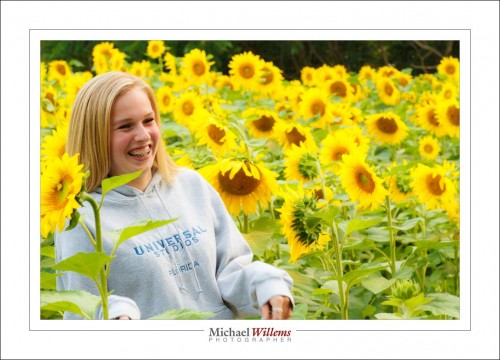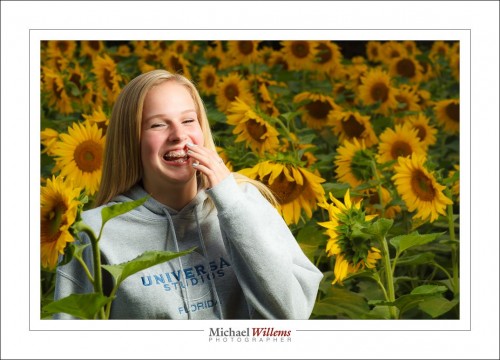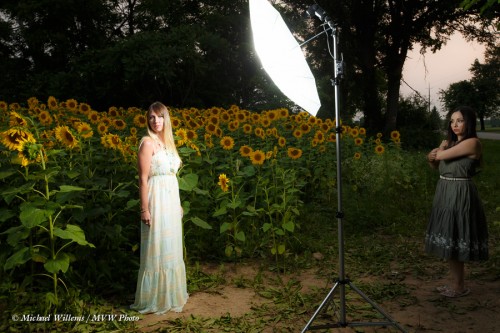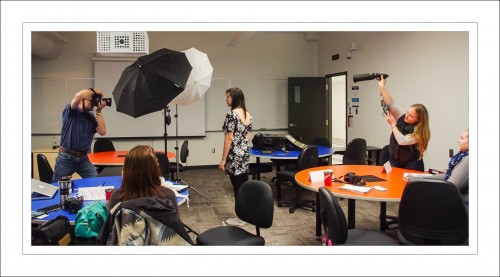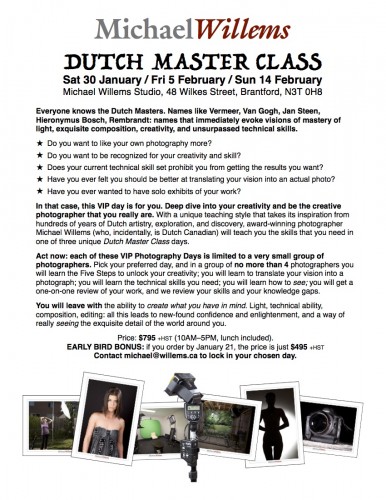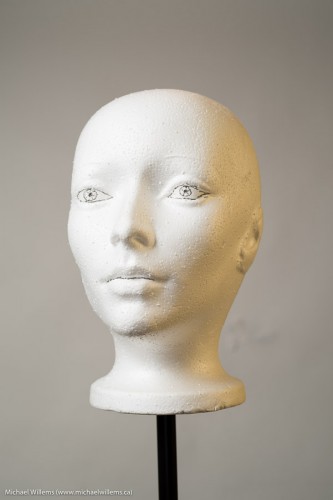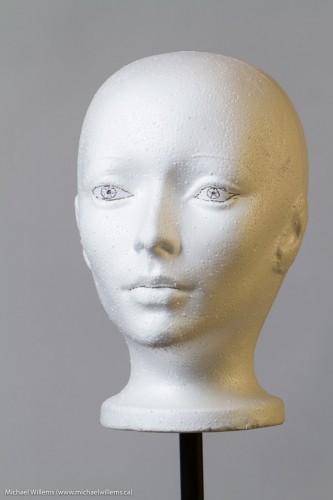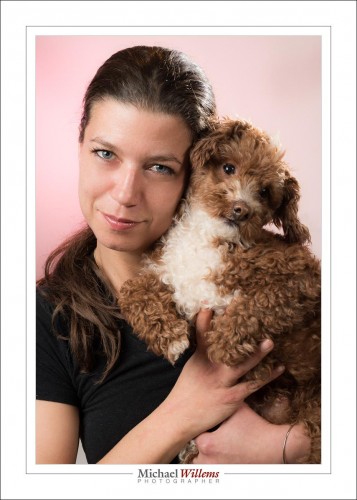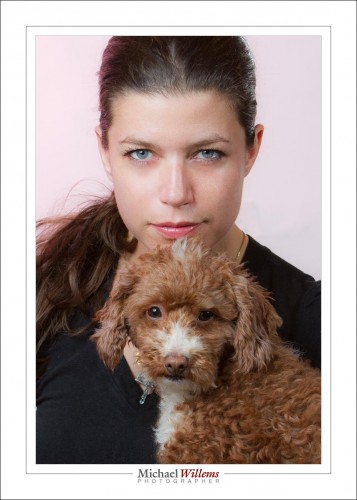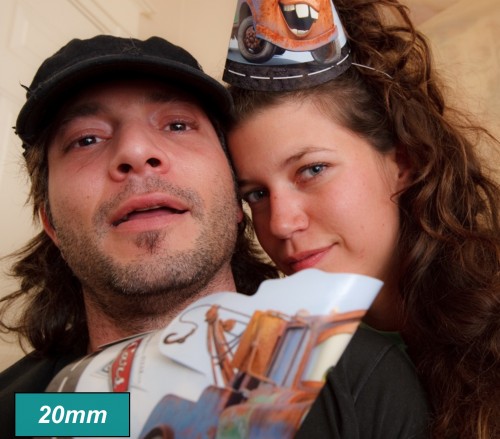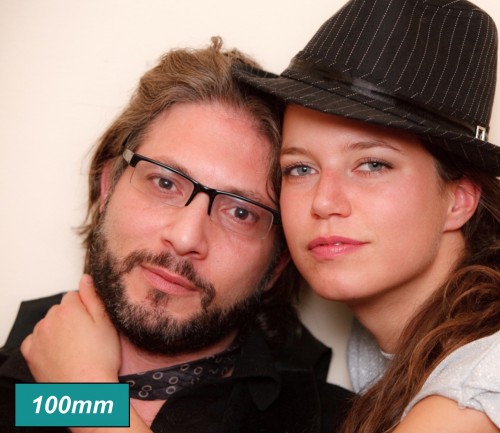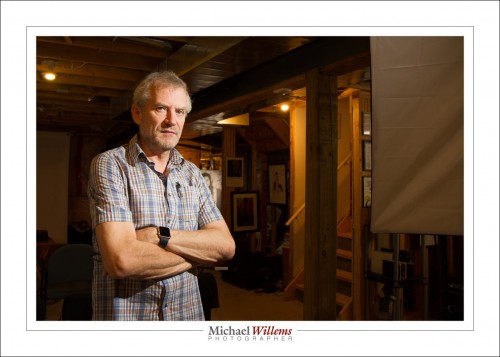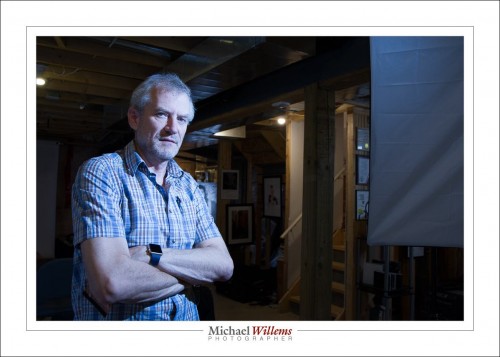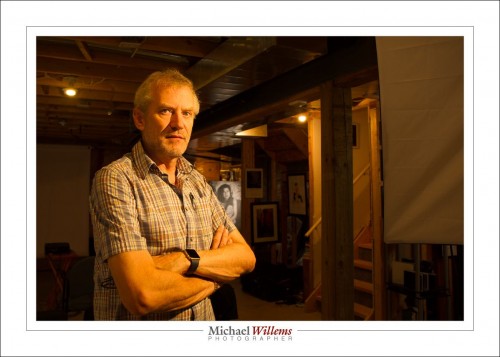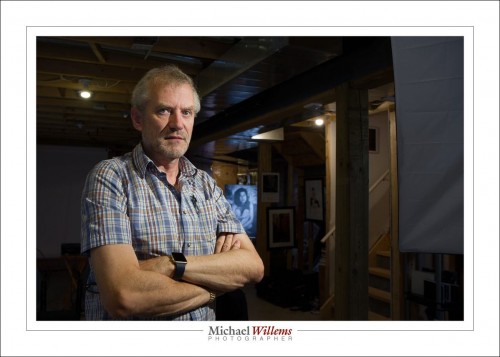Here’s me, teaching a Sheridan College class just the other day:
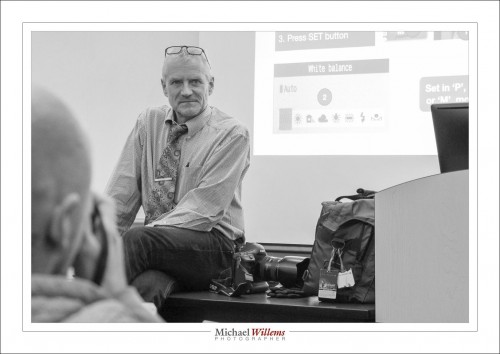
My student asks:
How did you know you were ready/good enough to charge for your service?
You are ready when people think it worth paying you. Period. Of course yes, you should have the standard technical skills: know about exposure, focus, colour, metering, all those basics. And the basic composition rules. But that is not indicative of a successful photographer; those are merely “hygiene factors”. Like saying an author needs to own a pen, and paper, and know the alphabet. Well, yeah, d’oh! If you are not 100% sure you have all those skills, get my camera books from www.michaelwillems.ca/BOOKS.html.
But as said: you are good enough when you manage to make people part with their money. In other words, when people want to pay for your work, your work is good enough to be paid for. A truism, but a true one. 🙂
Would you say there is a specific set of equipment you need to be able to charge for, say, a wedding shoot?
Yes. redundant equipment.
Lots of lenses, several cameras, lots of flash gear: all that is good but not necessary. Depending on your style and your clients’ wishes, you COULD shoot a wedding with just one wide angle prime, for instance. Or a 35 or 50mm prime. The equipment expands your possible styles, that’s all.
But redundant (spare) equipment and at least some form of flash is necessary. It is irresponsible to shoot a wedding if you do not have backups for everything. Because anything that can fail, eventually will. Count on it. And it will be during the ceremony, in the middle of the most important part.
…Or for a portrait shoot?
No. A digital Rebel with a 50mm prime lens is enough if you will. Sure, the more the better, but by no means is that necessary. Sure. Headshots: nice to own a 70-200. Environmental portraits? a 16-35. Available light? a prime. But all those are just means to an end. If you do one type, have one style, then you need only one lens. And an affordable prime is enough. For studio, even a kit lens is fine.
Then you do need a range of flash gear and modifiers. See my flash book, and my portrait book, from www.michaelwillems.ca/BOOKS.html.

